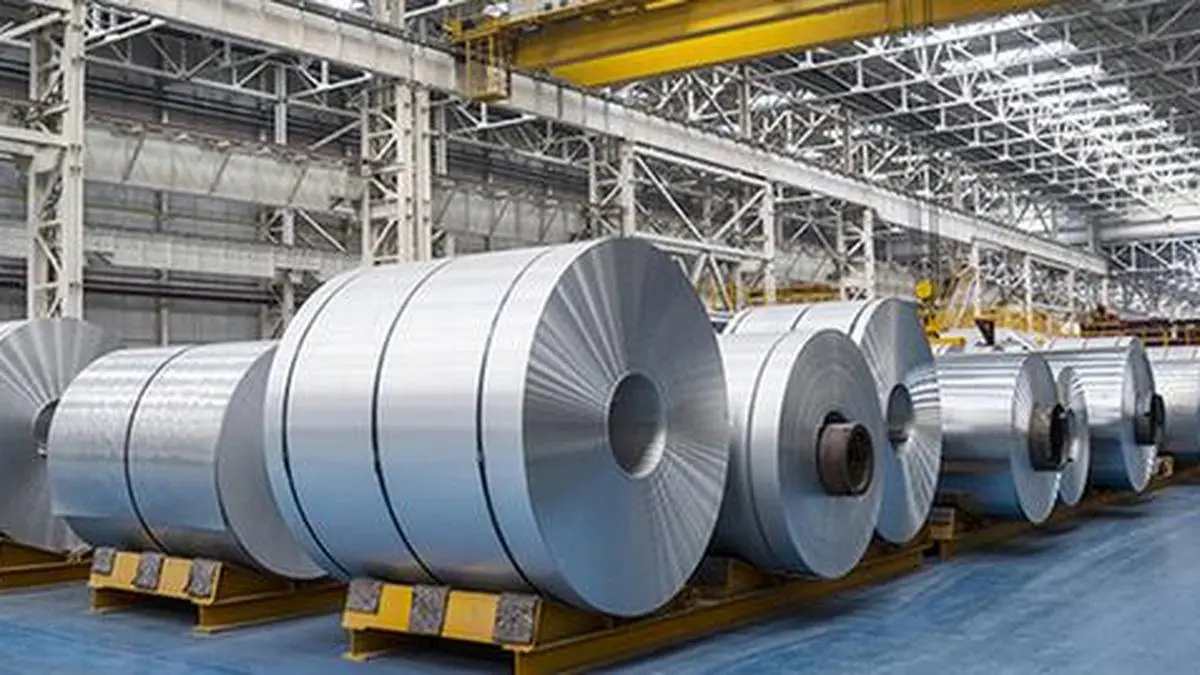Market intelligence firm BigMint noted Chinese FOB prices dropped from $470 to $465 per tonne, with cost and freight prices ranging around $530–$536.
| Photo Credit:
Chinese steel offers for India have continued to be cheaper by 5–12 per cent, week-on-week since March 4, following the first round of Trump tariffs. This accounts for basic customs duty, currency fluctuations, and port and miscellaneous charges. Price fluctuations have been in the ₹500 per tonne range, although purchases from Indian traders have been on the slower side, sources said.
Corresponding prices in India during this two-month period were ₹48,500–₹49,000 per tonne in the first week of March (vs ₹47,000 per tonne from China); they increased to nearly ₹Rs 51,000 per tonne by March-end. By April, domestic steel prices were in the ₹52,000 per tonne range, against ₹46,000 -odd per tonne for Chinese offerings.
China has also been known to offer additional discounts over mill prices (free on board), sources said.
Data from market intelligence firm BigMint show the current price of the alloy from China – at FOB (free on board) prices – was $470 per tonne in the first week of March and then came down to $465 per tonne by April (Thursday). Another $25 – 30 per tonne is added to arrive at the CFR price (cost and freight rate). Being a non-FTA country, the Chinese steel offerings carry a 7.5 per cent BCD (basics customs duty) and a 0.75 per cent cess of BCD.
All accounted for, the average price was around $536 – $542 per tonne (apprx) for the first two weeks of March, which came down to $530 -$536 per tonne (approx) in April. Considering currency conversion rates of ₹86 to a dollar, the prices stand at around ₹46,600 per tonne in April.
If a port and handling charge of Rs 2000 per tonne is further added, then steel prices in the first week of March were almost at par with domestic ones, but subsequently moved down as mills hiked prices, emboldened by the possible imposition of safeguard duty.
In case of an FTA country, there will not be any BCD, which means if Chinese offerings are routed through Vietnam, they become cheaper by at least $30–40 per tonne.
“So if you see, post DGTR recommendations mid-March, price hikes were announced by Indian steel mills and there were also supply shortages in the market. As against this, the Chinese prices came down following a glut, lesser buying by Indian traders, supply glut and concerns over impact of Trump tariffs,” a market participant told businessline.
However, Indian traders held back on orders primarily because there remain concerns about the date of implementation of safeguard duty. The imposition of safeguard duty at 12 per cent (including cess of 1.2 per cent) means there will be a price increase of at least ₹6,000 per tonne.
“Duty will be imposed on shipments coming in, even if ordered before official announcement. Then the offerings either come at par with domestic ones, or costlier in some cases. But it is too much of a trouble for a trader unless there is a specific requirement,” a second market participant said.
On the other hand, India has also held back on BIS certification for Benxi Steel Group – one of the key exporters. This has also raised some concerns about shipments from the Asian nation.
Published on April 10, 2025
